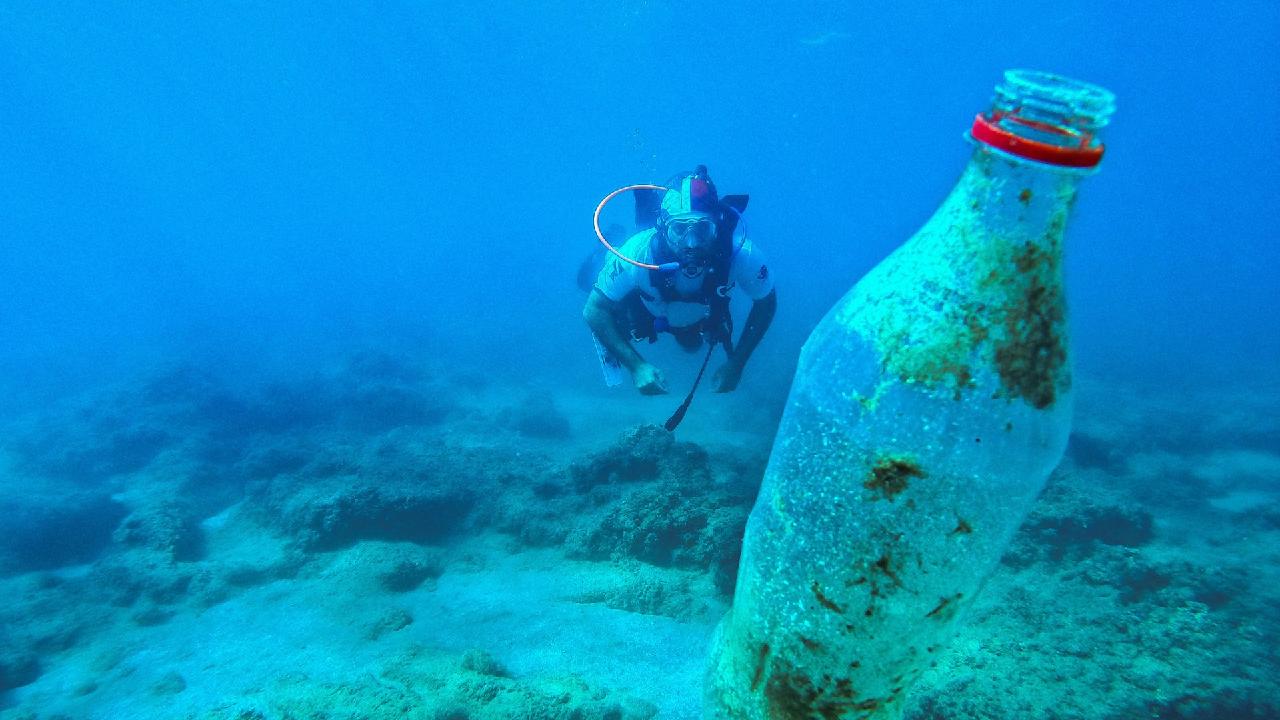Limitations of Earthquake Early Warning Systems

In an era where technology plays a pivotal role in disaster management, the recent admission by Google regarding its earthquake early warning system raises critical concerns about public safety amidst natural calamities. The tech giant's failure to alert millions during Turkey's devastating earthquakes in 2023 underscores the need for robust and reliable warning systems. As regions across the globe prepare for the inherent risks of earthquakes, understanding the mechanisms behind these systems and their implications is more relevant than ever.
Google's Android Earthquake Alerts (AEA) system is designed to utilize real-time data from the vast network of Android mobile devices to detect seismic activity and issue warnings. When an earthquake occurs, the system can gauge the intensity based on signals received from mobile phones in the impacted area. Ideally, this would allow for the transmission of crucial alerts that provide users with precious seconds to take cover or evacuate. However, during the Turkey earthquakes, the AEA underestimated the quake's severity, resulting in only a handful of "Take Action" alerts sent out to those at risk, failing to reach the millions who could have benefited from a timely warning.
What makes this situation particularly troubling is the sheer scale of the tragedy—over 55,000 fatalities occurred during the seismic events in Turkey, which occurred at a time when many were asleep. The system's failure to send alerts likely led to unpreparedness, explaining why millions did not receive appropriate warnings. In contrast, when the system was adjusted after the catastrophe, simulations showed that it could have sent 10 million alerts to those in severe danger. This scenario illustrates a critical gap between expectation and reality—countries increasingly rely on technological solutions without fully understanding their limitations and the need for continual improvement.
The incident prompts important questions about our reliance on technology in disaster preparedness. While Google emphasizes that the AEA is meant to supplement existing national systems, the reality is that many locales may overestimate its effectiveness. The ongoing dialogue among scientists and tech experts highlights an essential caution: the effectiveness of such systems must be made transparent. As we move forward, it’s imperative for tech companies and governments to collaborate on establishing more reliable warning systems, continuously refine their detection algorithms, and ensure that public safety remains the priority. For further exploration, consider diving into studies on seismic detection technologies and their impact on emergency response strategies.
Read These Next

Australian Researchers Begin Trial for Untreatable Cancers
Australian researchers begin a trial targeting aggressive cancers driven by the MYC protein, aiming to redefine treatment paradigms.

Reddit's UK Age Verification for Online Safety
This article explores Reddit's new age verification measures in the UK in light of the Online Safety Act, spotlighting the balance between user safety, privacy, and regulatory compliance.

Piraeus Launches Pollution Strategy to Clean Seabed
Piraeus port in Greece launches an underwater cleanup initiative to combat marine pollution and engage local communities.
